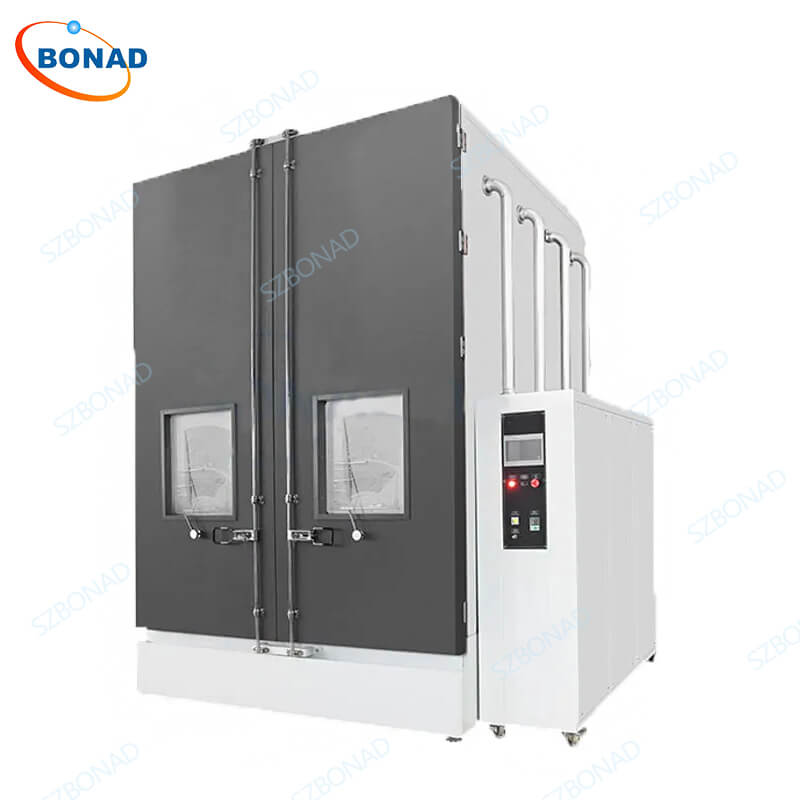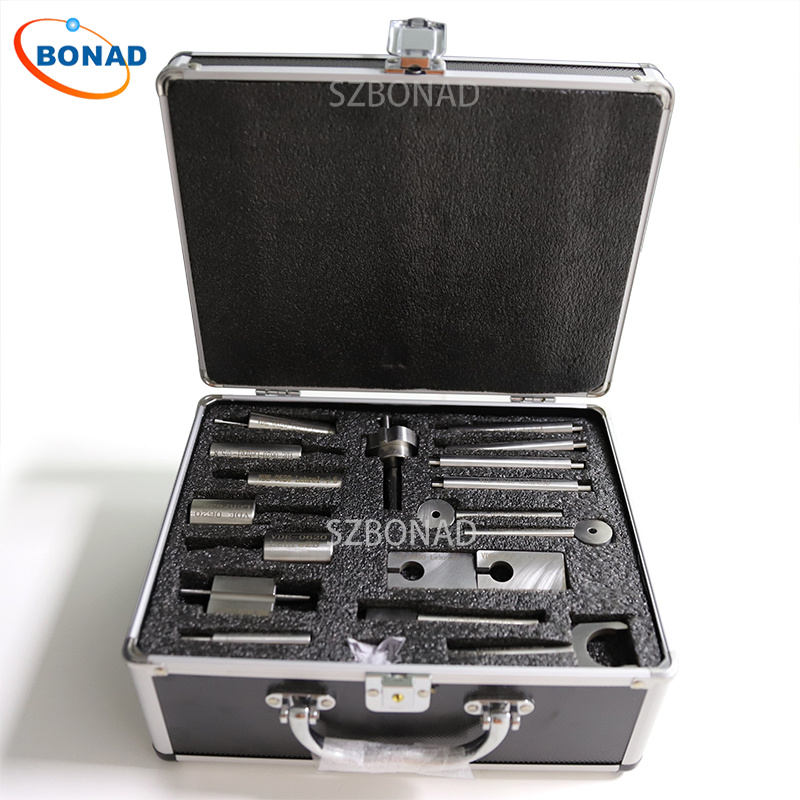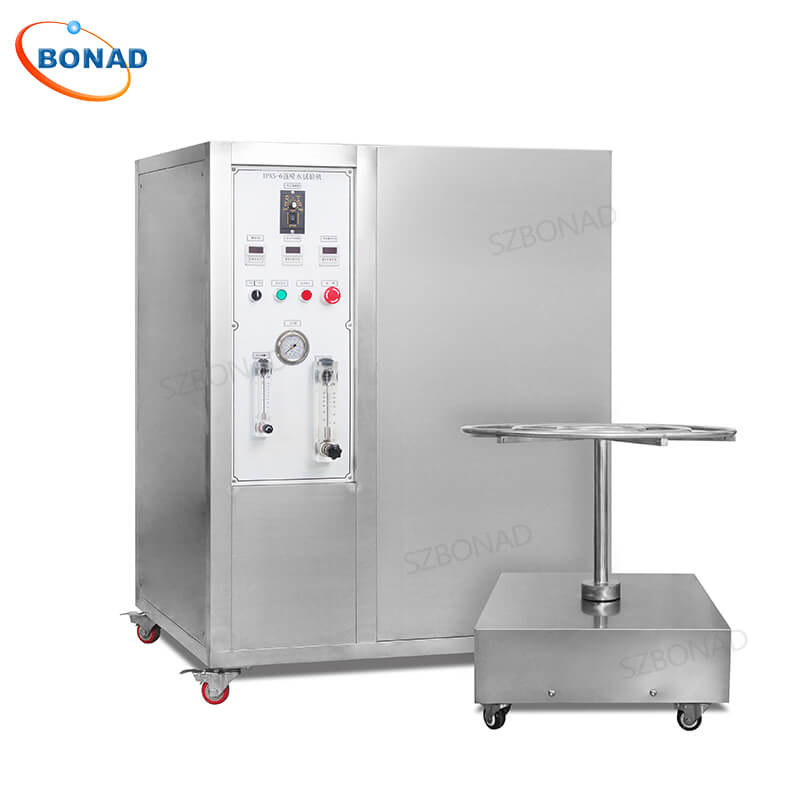IP6X vs IP6KX: Understanding Core Differences and Applications
In industries ranging from consumer electronics to automotive manufacturing, Ingress Protection (IP) ratings are critical for certifying a product’s resistance to dust and water. Among these ratings, IP6X and IP6KX are often confused due to their similar naming conventions. However, their testing standards, applications, and requirements differ significantly. This article breaks down their distinctions and highlights how the BND-WISD IP6X Dust Chamber plays a pivotal role in compliance testing.
1. IP6X vs IP6KX: Definitions and Testing Standards
- IP6X: Complete Dust Protection
- Standard: Governed by IEC 60529, IP6X certifies that a device is “dust-tight” with zero dust ingress.
- Applications: Ideal for consumer electronics (smartphones, tablets) and industrial equipment exposed to standard dust environments.
- Testing Tool: The BND-WISD IP6X Dust Chamber simulates high-density dust conditions to validate compliance.
- IP6KX: Enhanced Protection for Demanding Environments
- Standard: Defined under ISO 20653, IP6KX builds on IP6X by adding rigorous tests like high-pressure water jets (e.g., IPX9K).
- Applications: Primarily for automotive components (sensors, connectors) requiring resilience against extreme conditions.
Key Differences:
- Standards: IP6X follows IEC 60529, while IP6KX adheres to ISO 20653.
- Testing Scope: IP6KX includes additional water ingress tests (e.g., 14–16 MPa pressure jets) beyond dust resistance.
2. Why the BND-WISD IP6X Dust Chamber Matters
The BND-WISD IP6X Dust Chamber is a cornerstone for manufacturers aiming to meet IP6X or IP6KX certifications. Its precision in replicating real-world dust environments ensures products withstand harsh conditions:
- Consumer Electronics Validation
- Challenge: Devices must function flawlessly in dusty regions (e.g., deserts).
- Solution: The chamber exposes products to 8+ hours of continuous talcum powder dispersion, mimicking prolonged dust exposure.
- Industrial Equipment Testing
- Challenge: Machinery in construction or mining faces abrasive dust particles.
- Solution: The chamber verifies seals and enclosures under uniform dust coverage.
- Automotive Pre-Certification
- Challenge: IP6KX certification requires prior IP6X compliance.
- Solution: The BND-WISD chamber streamlines pre-testing, reducing costs of failed IP6KX trials.
3. Step-by-Step Guide to Using the BND-WISD IP6X Dust Chamber
For accurate results, follow these steps:
- Setup & Calibration
- Use IEC-compliant talcum powder and calibrate sensors for consistent airflow.
- Sample Placement
- Position the product in its operational orientation (e.g., smartphone screen facing up).
- Test Execution
- Activate the chamber’s dust circulation system for 8 hours.
- Post-Test Evaluation
- Inspect internal components for dust ingress and test functionality.
4. Benefits of the BND-WISD IP6X Dust Chamber
- Accuracy: Aligns with IEC/ISO standards for globally recognized certifications.
- Efficiency: Batch testing reduces time-to-market for high-volume production.
- Versatility: Customizable for specialized dust types (e.g., metal particles, fibers).
- Cost Savings: Minimizes rework by identifying flaws early in R&D.
5. Conclusion: Choosing the Right IP Rating and Testing Strategy
- General Dust Resistance: IP6X + BND-WISD testing suffices for electronics and industrial gear.
- Extreme Conditions: Automotive parts require IP6KX certification, combining IP6X dust tests with high-pressure water validation.
By leveraging the BND-WISD IP6X Dust Chamber, manufacturers ensure product durability, regulatory compliance, and competitive edge.
Need a tailored testing solution? Contact: zhy@szbonad.com



